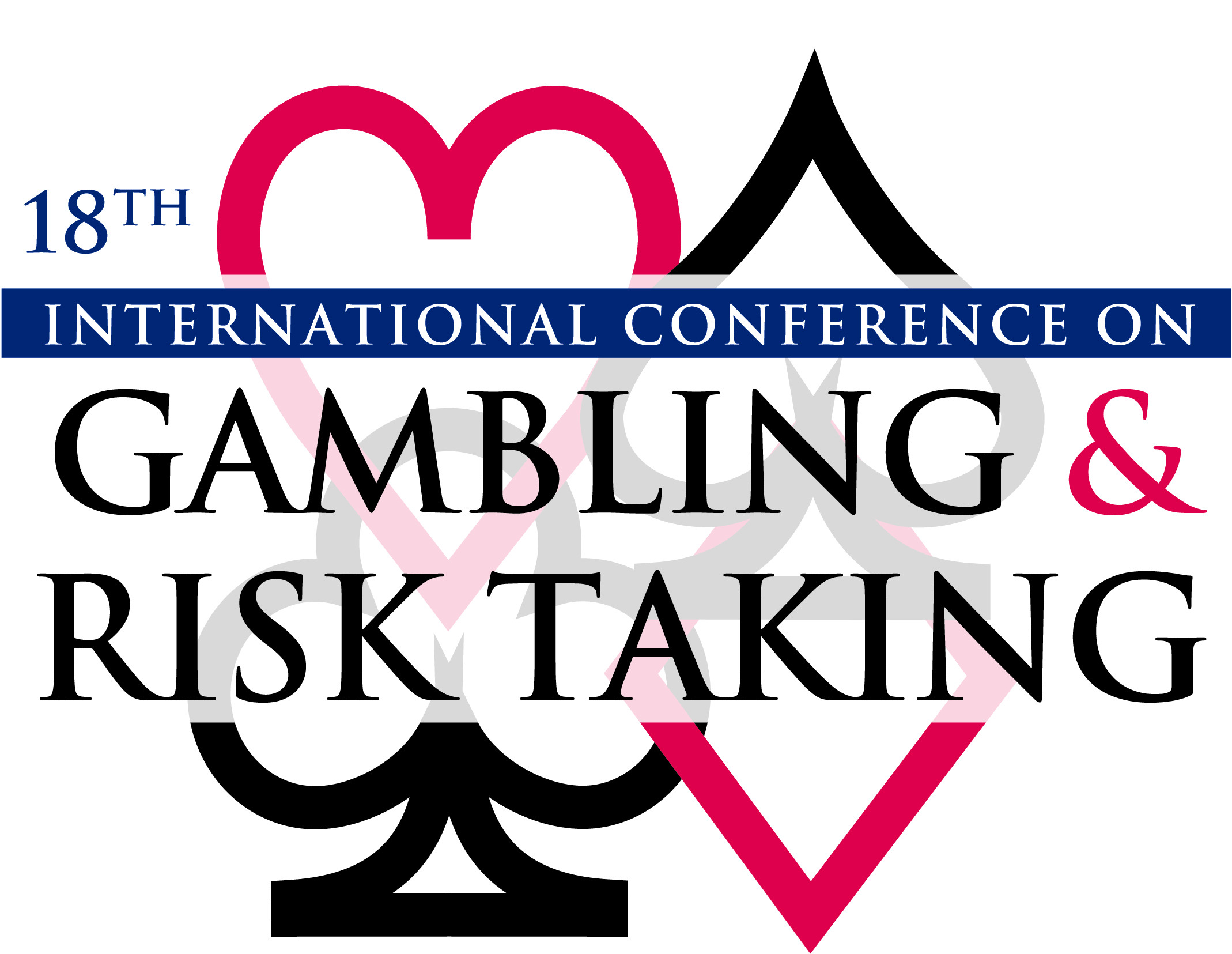An Analysis of the Type and Value of Monetary Thresholds Used for AML and Social Responsibility Purposes in the Gambling Industry
Session Title
Session 1-3-B: Responsible Gambling Strategies
Presentation Type
Paper Presentation
Location
Park MGM, Las Vegas, NV
Start Date
23-5-2023 1:45 PM
End Date
23-5-2023 3:15 PM
Disciplines
Policy Design, Analysis, and Evaluation
Abstract
Abstract:
Gambling operators have increasingly been encouraged and required by regulators to introduce monetary deposit and loss thresholds at which they interact with customers, request further information and/or apply account limits, all for the purpose of preventing harm and crime. These thresholds or triggers can take many forms, with deposits or losses exceeding a specified amount in a specified time period being the most common.
While there are mandated thresholds in some jurisdictions at which customer due diligence must be carried out, other thresholds are generally applied as part of a risk-based approach at the discretion of operators. Recent enforcement cases, where published, have seen regulators reiterate that many thresholds set by operators are too high, although the type and value of thresholds remain largely discretionary. Operators are therefore faced with a decision on the level at which they implement thresholds, aware that setting them too low may result in false positives, customer dissatisfaction and reduced revenue.
This paper aims to comment on the type and value of thresholds operators may implement and to establish principles for setting thresholds that align to the likelihood of harm and/or crime occurring, while taking account of several variables present in the industry.
Implications:
The debate between regulators and operators on the setting of monetary thresholds for social responsibility and AML purposes is becoming increasingly nuanced as enforcement action in the area increases. This paper seeks to provide balanced views on solutions acceptable to multiple stakeholders.
Keywords
Thresholds, Social responsibility, Responsible gaming, Compliance, AML, Regulation
Funding Sources
No funding sources.
Competing Interests
The author is part of a consultancy team that provides services to gambling operators and regulators.
An Analysis of the Type and Value of Monetary Thresholds Used for AML and Social Responsibility Purposes in the Gambling Industry
Park MGM, Las Vegas, NV
Abstract:
Gambling operators have increasingly been encouraged and required by regulators to introduce monetary deposit and loss thresholds at which they interact with customers, request further information and/or apply account limits, all for the purpose of preventing harm and crime. These thresholds or triggers can take many forms, with deposits or losses exceeding a specified amount in a specified time period being the most common.
While there are mandated thresholds in some jurisdictions at which customer due diligence must be carried out, other thresholds are generally applied as part of a risk-based approach at the discretion of operators. Recent enforcement cases, where published, have seen regulators reiterate that many thresholds set by operators are too high, although the type and value of thresholds remain largely discretionary. Operators are therefore faced with a decision on the level at which they implement thresholds, aware that setting them too low may result in false positives, customer dissatisfaction and reduced revenue.
This paper aims to comment on the type and value of thresholds operators may implement and to establish principles for setting thresholds that align to the likelihood of harm and/or crime occurring, while taking account of several variables present in the industry.
Implications:
The debate between regulators and operators on the setting of monetary thresholds for social responsibility and AML purposes is becoming increasingly nuanced as enforcement action in the area increases. This paper seeks to provide balanced views on solutions acceptable to multiple stakeholders.

